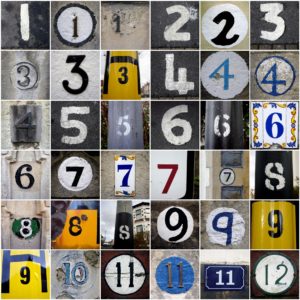 September has several tasks for beekeepers: feeding, nest consolidation, and pest & disease management
September has several tasks for beekeepers: feeding, nest consolidation, and pest & disease management
Feeding
It is time to move hives down from the mountains as fireweed forage has likely ended. Lowland forage of interest to bees includes Cranesbill geraniums, bindweed, asters, chrysanthemums and heptacodium.
Approximately 60 pounds of honey stores are recommended to bring a colony through the winter in the Pacific Northwest. One western frame of honey weighs 3.5-4 pounds and a deep frame of honey weighs roughly 7-8 pounds. Check each hive by using your arm to tilt one side up. It should be noticeably heavy, but if it isn’t then feed with a ratio of 2 parts sugar to 1 part water, a mixture which resembles honey so the bees tend to store it for winter. It is important to use just plain white granulated sugar, not brown sugar, molasses, sorghum, or fruit juices as these all have impurities that can cause dysentery in bees. It is estimated that 1 gallon of heavy syrup may increase colony reserves by about 7 pounds.
Feeding can be accomplished by either installing (1) an internal frame feeder which takes up 1 or 2 frame slots or (2) a hive top feeder using inverted containers of syrup over the opening of the inner cover. This method requires an empty hive body and outer lid placed over the inner cover to accommodate the containers of syrup. Entrance feeders are not recommended in the fall because they attract yellow jackets.
Be attentive to how much you feed. If the brood area is filled with honey the brood area available to the queen is diminished. There should be two or more deep brood combs of pollen or perhaps three or more western combs. Occasionally excess pollen can clog the center frames and should be replaced with empty drawn comb.
There is still time to requeen with queens ready to lay. It is too late in the season to make splits and expect a colony to requeen itself. Combine weak hives using the newspaper technique, placing the stronger hive on top of the weaker hive.
Medication
Complete your treatment for mites. If possible check for Nosema apis and ceranae via the available (free) testing service offered at WSU.